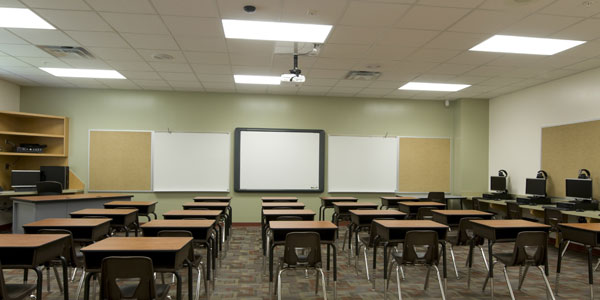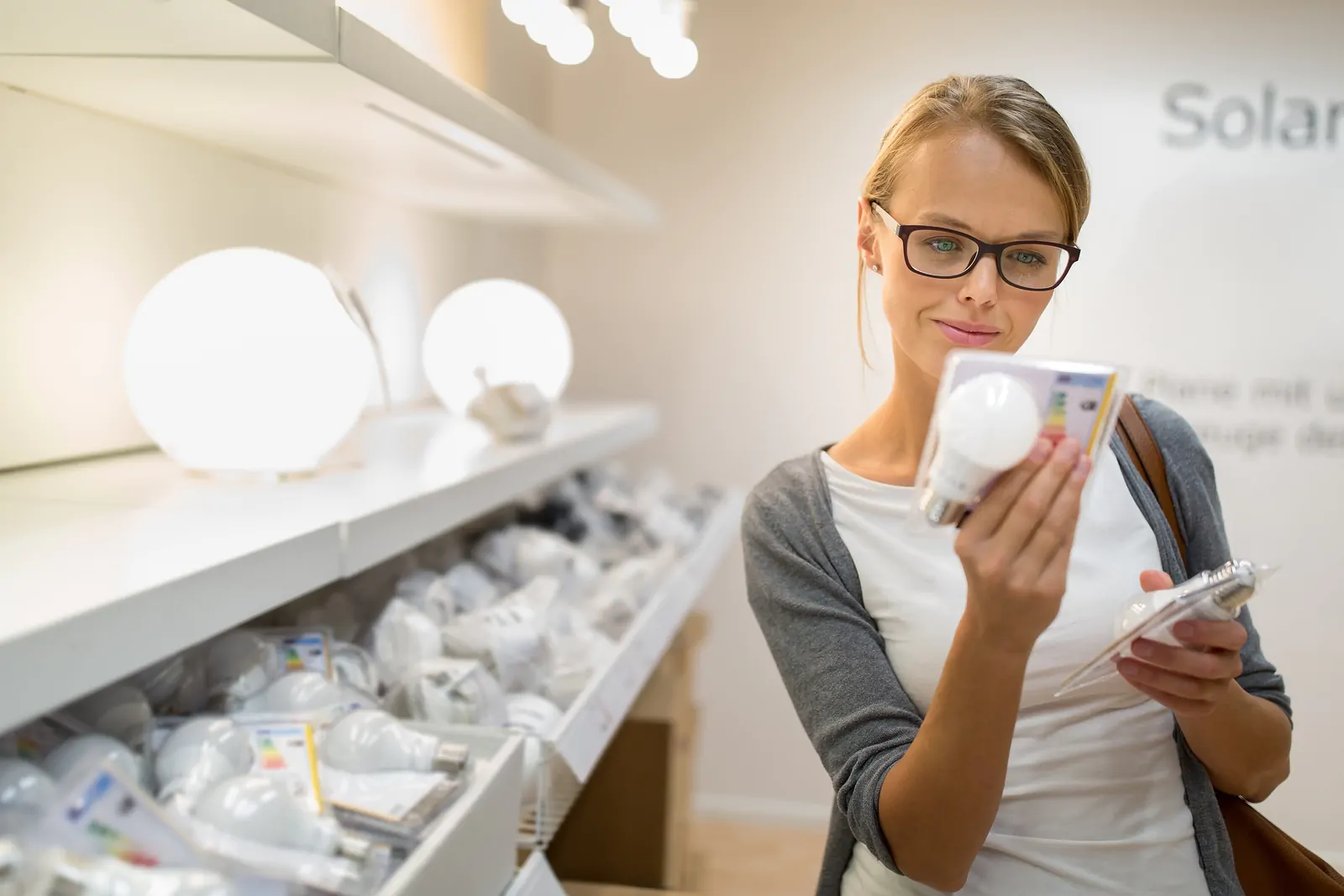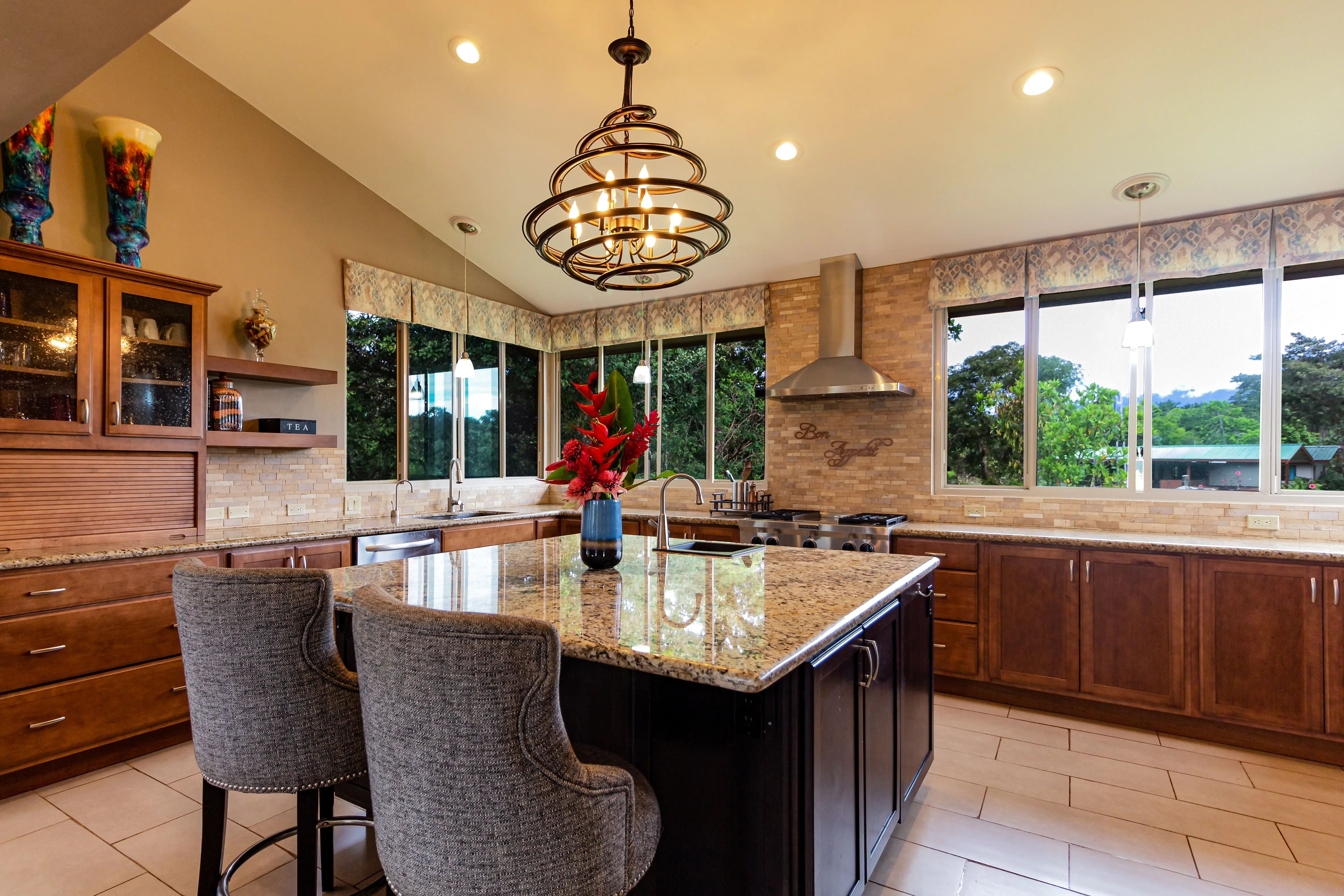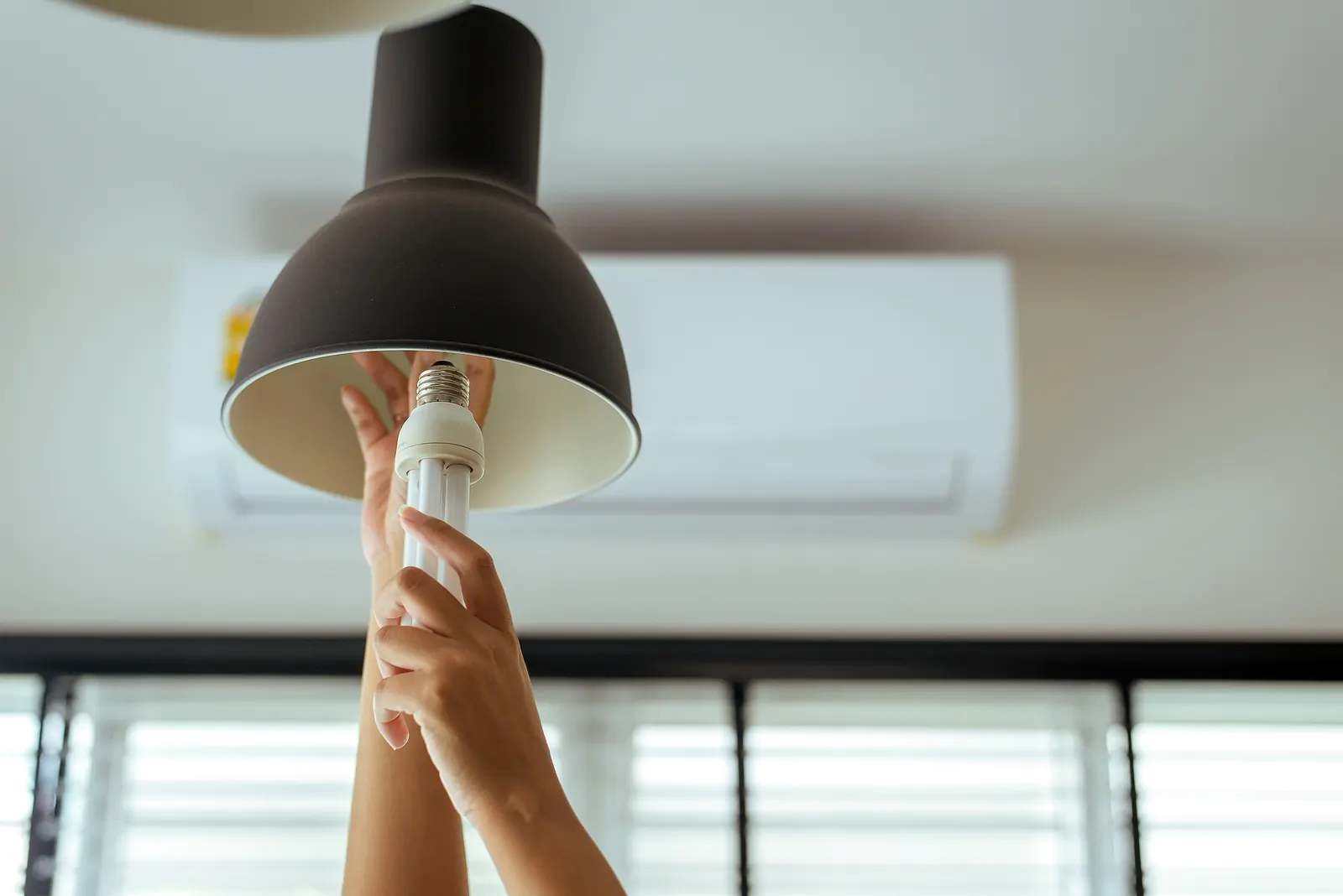
LED may be a green, energy-saving technology, but the initial investment in LED fixtures will be more expensive than purchasing traditional fluorescent fittings. In our example, we show you the calculations so that you can see how quickly you can get a return on the additional investment you have made in LED technology. You can also do the same calculations to work out the return for any retrofit LED bulb.
Around this time last year, I wrote an article reviewing whether it was cost-effective to upgrade your fluorescent ceiling lights to LED panels. The article specifically talked about the 600x600mm recessed lights you usually find in schools and offices.

Assuming the room was already using fluorescent lights, I compared the cost of replacing all of the tubes with the cost of fitting new LED panels.
The LED panels are more expensive, but gradually their lower energy bills pay back the upfront investment. Once this is reached, the rest of the panels’ life gives you a cost saving.
In last year’s article, I estimated that the payback of switching to LED against the cost of running fluorescent tubes was between 8-9 years for an average-sized office or classroom.
I think for many, this meant switching to LED was too big a commitment to be worthwhile.
For anyone keeping an eye on LED lighting, you’ll already know that advances in the technology are coming thick and fast. Production techniques have improved, and the market is more competitive. This is great for us, as the LED panels we originally costed at £59 each are now available for £20 each.
This means it’s time to get our calculators out and see if changing to LED panels is more worthwhile.
Here are the assumptions I’ve made for the calculations:
- A typical room has 20 light fittings.
- The lights are on for 9 hours a day.
- The room is used 260 days a year.
- The cost per kWh is £0.11.
- Each fluorescent fitting uses four tubes with a replacement cost of £8.40.
- The cost of an LED panel (producing the equivalent light to the fluorescent fitting) is £25.
Fluorescent Cost
The cost of replacing all tubes in a room = 20 fittings x £8.40 = £168.00
Cost of electricity:
- 80 tubes at 18W each = 1,440 watts of power or 1.44 kW.
- 1.44 kW x 9 hours = 12.96 kWh.
- Daily cost = 12.96 kWh x £0.11 = £1.43.
- £1.43 x 260 days = a running cost of £371.80 a year.
Total cost in the first year = £168 + £371.80 = £539.80
LED Cost
The cost of replacing the fluorescent fittings with LED = 20 fittings x £25 = £500
Cost of electricity:
- 20 panels using 40W each = 800 watts of power or 0.8 kW.
- 0.8 kW x 9 hours = 7.2 kWh.
- Daily cost = 7.2 kWh x £0.11 = £0.79.
- £0.79 x 260 days = a running cost of £205.40 a year.
Total cost in the first year = £500 + £205.40 = £705.40
What’s the Verdict?
In year 1, we can see that the cost of switching to LED is £165.60 more than refreshing and running the fluorescent fittings.
However, we can also see that LEDs are £166.40 a year cheaper to run. This means that by the end of the second year, you would have recovered the initial investment of purchasing the panels, and all subsequent years would provide you with a cost saving.
For me, this now makes switching to LED panels a worthwhile investment, especially if your fluorescent tubes are nearing the end of their working life and would need replacing anyway.





